#mycena leaiana
Text

Orange mycena (Mycena leaiana) ๑ï ⋆.ೃ࿔
#enchanted woodland#orange mycena#mycena leaiana#orange#mushrooms#mushroom#mushroom art#mushroom photography#fungi photography#fungi#my photography#my photo#my edit#fairycore#cottagecore#whimsigoth#whimsicore#magic#forest#witchy#nature#woodland#fairy#sparkle#witch#halloween#autumn#fall vibes#weird art#weird aesthetic
282 notes
·
View notes
Text
FOTD #048 : orange mycena! (mycena leaiana)
the aptly-named orange mycena (or lea's mycena) is a species of saprobic fungus in the family mycenaceae. they usually grow in clusters on deciduous logs, & it has been found in the US + canada, with a variety of this species also occuring in australia + aotearoa.
the big question : can i bite it??
the edibility is unknown !!


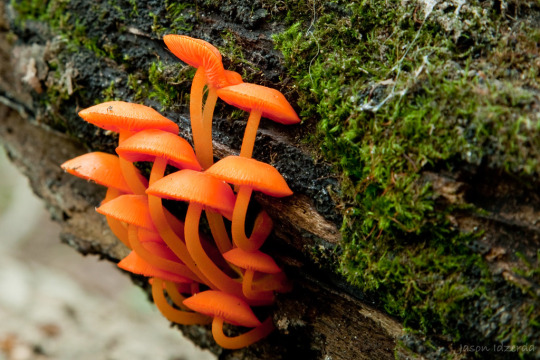
m. leaiana description :
"the cap is 1 to 4 centimetres (0.39 to 1.57 in) in diameter, & initially rounded or bell-shaped but becoming expanded and convex with age, often with a depression in the center. the colour is a bright orange that fades as the mushroom matures. the surface of the cap is sticky, especially in moist weather, & smooth, while the margin often has striations. the gills are adnexed in attachment (gills narrowly attached/tapering toward stem so that their attachment is almost free), crowded together, & yellowish in colour, with the colour deepening to bright orange-red at the edges.
the stipe is typically 3 to 7 centimetres (1.2 to 2.8 in) long by 2–4 mm thick. the diameter of the stipe is more or less equal throughout its length, although it may be slightly enlarged at the base. it is orange in colour, & has fine hairs on the upper portion, & denser hairs at the base."
[images : source, source & source]
[fungus description : source]
#• fungus of the day !! •#[mycena leaiana]#: orange mycena :#: lea's mycena :#048#||#fungi#fungus#mycology#earth#mushrooms#forestcore#cottagecore#mushroom#fotd#fungus of the day#mycena#orange mycena#mycena leaiana#lea's mycena#foraging#nature
109 notes
·
View notes
Text

Some little mushroom friends
| Orange Mycena, Mycena leaiana
#forest#nature#mushrooms#photography#original phography#orange mycena#mycena leaiana#fungi#wildlife#mycology#forestcore
59 notes
·
View notes
Photo



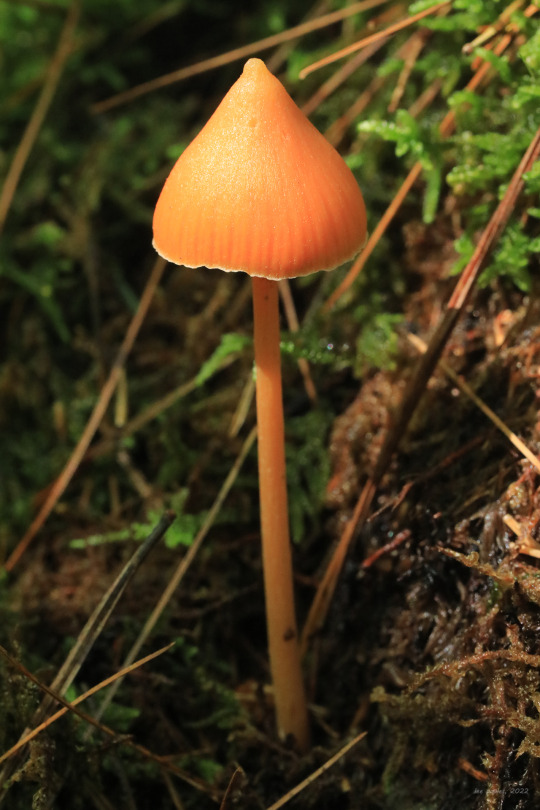
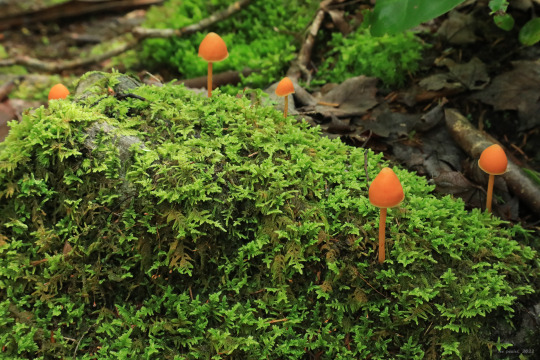
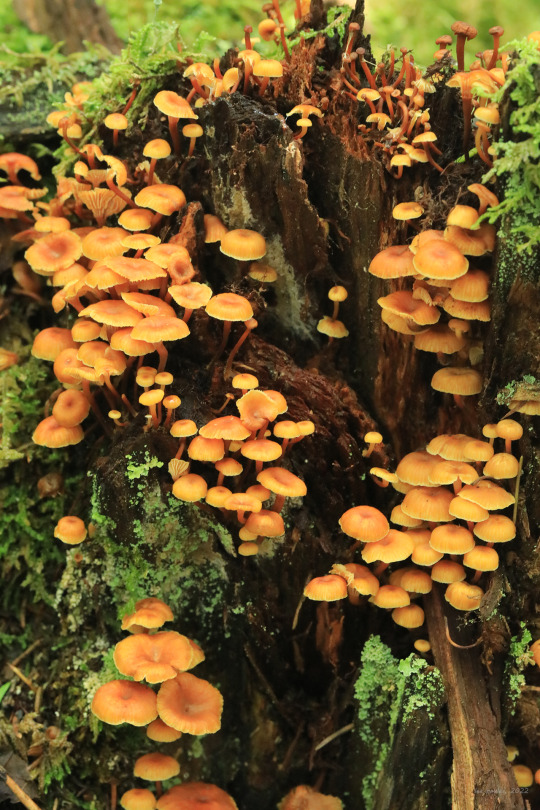

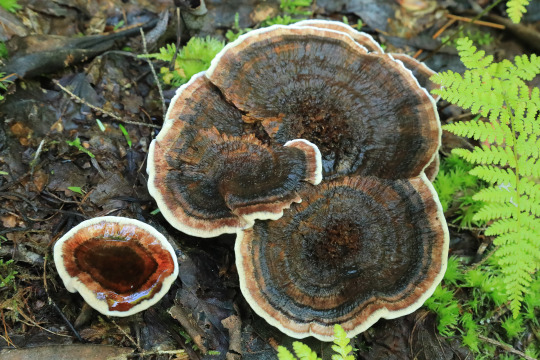
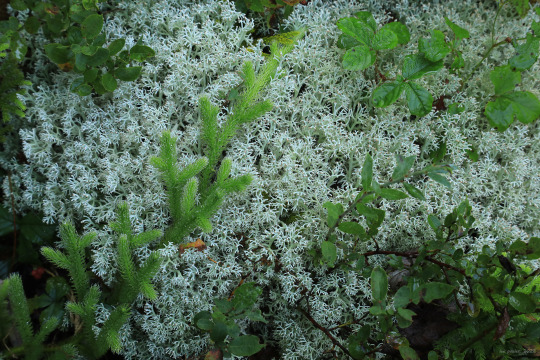

Not so long ago, the land encompassed by the Little Canaan Wildlife Management Area, which adjoins the Canaan Valley National Wildlife Refuge, was a timbered-out, burned-over wasteland. Today, the WMA is in full-scale recovery and provides a home to a diverse collection of wildlife, including black bears, fishers, porcupines, northern goshawks, ruffed grouse, and saw-whet owls.
#appalachia#vandalia#west virginia#little canaan wildlife management area#allegheny mountains#tucker county#vaccinium macrocarpon#large cranberry#gentiana linearis#narrowleaf gentian#entoloma quadratum#unicorn mushroom#rickenella fibula#orange moss agaric#mycena leaiana#orange mycena#thelephora terrestris#earthfan#common fiber vase#cladonia rangiferina#reindeer lichen#lycopodium clavatum#running clubmoss
202 notes
·
View notes
Photo

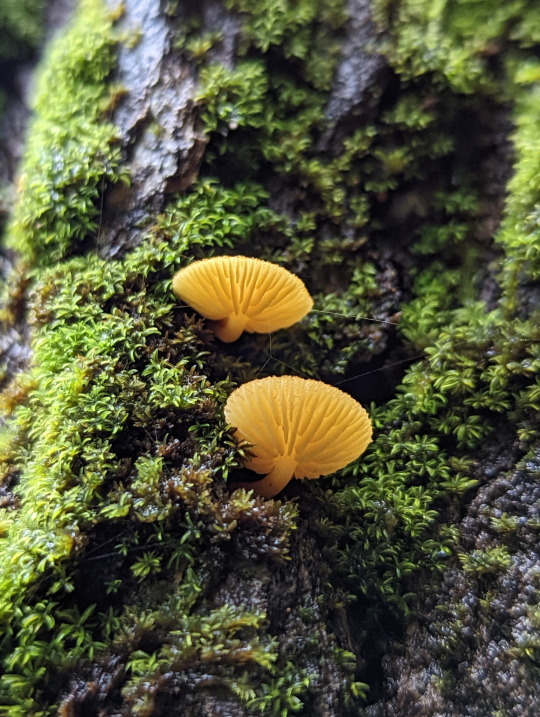

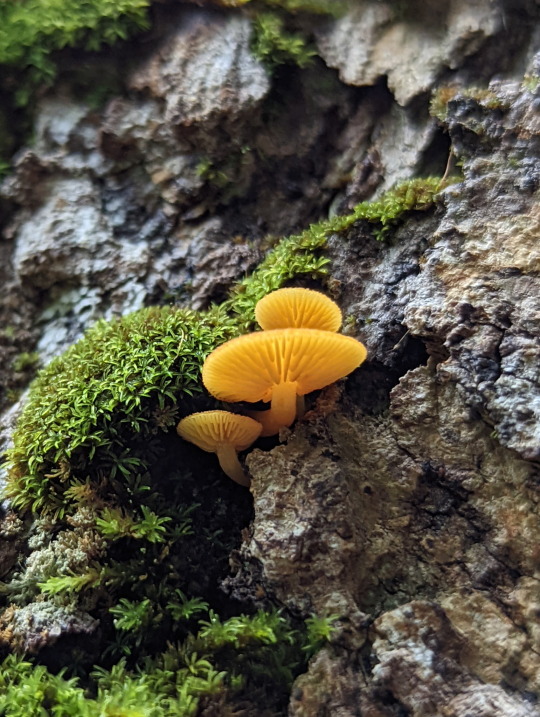
I believe this is Mycena leaiana.
04/05/22
#Mycena#Mycena leaiana#Mycenaceae#bonnets#Marasmiineae#Agaricales#Agaricomycetidae#Basidiomycota#Agaricomycotina#Agaricomycetes#fungus#fungi#fungicore#mycology#natural#naturalist#nature#nature photography
224 notes
·
View notes
Text

Mycena leaiana
8 notes
·
View notes
Text

Checking out the weather.
#mushroom creature#creature design#fantasy creature#lizard art#mushroom art#fantasy art#creatures#mushrooms#mycena leaiana#art by me
17 notes
·
View notes
Text

Ben Stadig
Mycena Leaiana ( think) and some Efts!
919 notes
·
View notes
Text
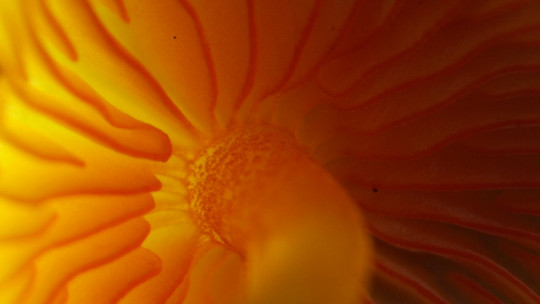
Imagine you're a little bug sitting under a Mycena leaiana mushroom, sun filtering through the orange cap onto you
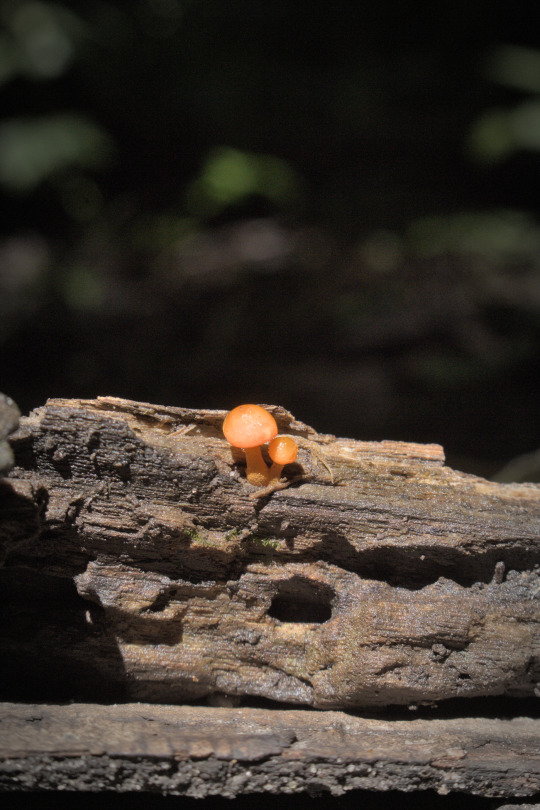
533 notes
·
View notes
Text

golden helmets
Mycena leaiana
201 notes
·
View notes
Text



Orange Mycena (mycena leaiana)
#fungi#mushrooms#nature#nature photography#mushroom photography#forest floor#mycology#forestcore#photographers on tumblr#forest#fungus#mushroom#original photographers#fungiphotography#mycelium#fantastic fungi#moss#the fungus among us#mycena#mine
53 notes
·
View notes
Note
I have a new plant and mushroom obsession now, and you are my victim at this very moment. So I introduce you to two au's.
1,
Mushrigals, everything is the same except the madrigals are mushrooms.
Julieta and Mirabel are Mycena interrupta mushrooms
Luisa is a blue indigo milkcap mushroom
Isabela is a clitocybe nuba
Agustin is a Strofaria Aeruginosa
Alma is a Boletellus
Bruno is a Parrot waxcap
Pepa is an Amanita Muscaria
Felix and Camilo are plantpot dapperlings
Dolores is a red Amanita Muscaria
And lastly, Antonio is a Mycena Leaiana
Mushrigals au
The mushrigals do have gifts, the only reason they do is that an elf queen(Galadriel) Felt bad that Alma lost her husband in a war so she gave her children magical powers as something to help Alma's sadness.
Fairies, elves, plant people, orcs, humans, vampires, and werewolves live alongside each other in this world.
2,
Mirabel was given the power to create life in things such as plants, fruits, and vegetables. Her room is a bit like Antonio's and Isabela's mixed together. In the middle of her room is a little colorful cottage decorated with various flowers.
She first gave life to a little mushroom, which afterward was named Mariposa.
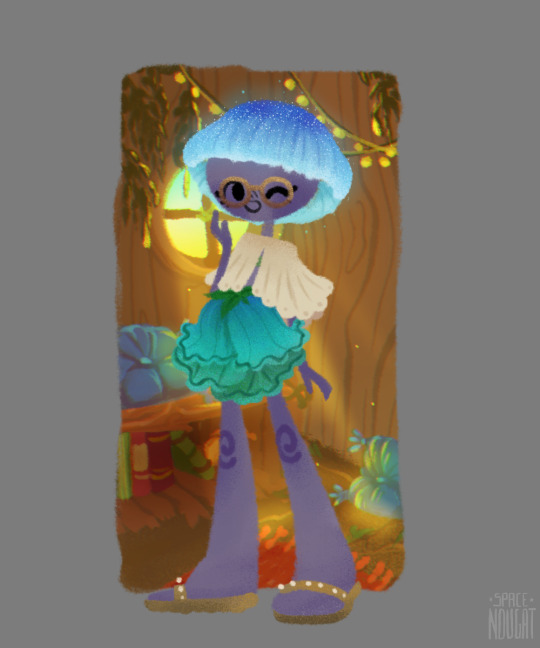
Yes, she needs glasses like her mama(she was made with this )
For Isabela's Quince, Mirabel gave her potato people
Mirabel's plant people (plant Ninos) don't like doing work unless it's a necessity or it's fun. Otherwise, they'll get distracted and run off to go play.
Mirabel gave little plant people to Julieta to help her with cooking. The flower people and Julieta always have flour fights but the food gets made so it's not a problem...for Julieta.
The plant niños can't really talk but they can say things like mama, papa, yes, no, etc. Only small words
As a gift for Luisa's quince, Mirabel gave her a pumpkin bulldog. This "dog" is about the size of a rhino..so yeah big pumpkin dog. His name is buffy and he helps Luisa will pulling or lifting heavy stuff.
Mirabel won't allow her plant niños to be scolded by anybody, not even Alma. Whatever they did probably wasn't that bad, to begin with.
Just to add some drama to the au, Alma doesn't like how childish and messy the plant niños are. They aren't that helpful in her eyes, to her, all they do is mess everything up and distract the other madrigals from their duties.
Alma: they behave like children
Mirabel:....they are children
Mirabel can't and won't force her children to "behave" unless it's gardening time.
Mariposa is a carbon copy of her mother. She likes to sew, embroider, sing, and dance.
I call it plant life au
I'll think of more as the au develops
OMG MUSHRIGALS SO COOL❗❗❗
Also it hadn't registered in my mind that they were different aus until I read it a second time. I thought it was Mushrigals and Mirabel made little potato folks 💀💀 REGARDLESS BOTH ARE SUPER COOL❗❗
I personally really like the first one <33 fun fact I actually made a mushroom sona for art fight last year. I think I shares it on here back in like June or July, shout out to you if you find it
Shes so <33
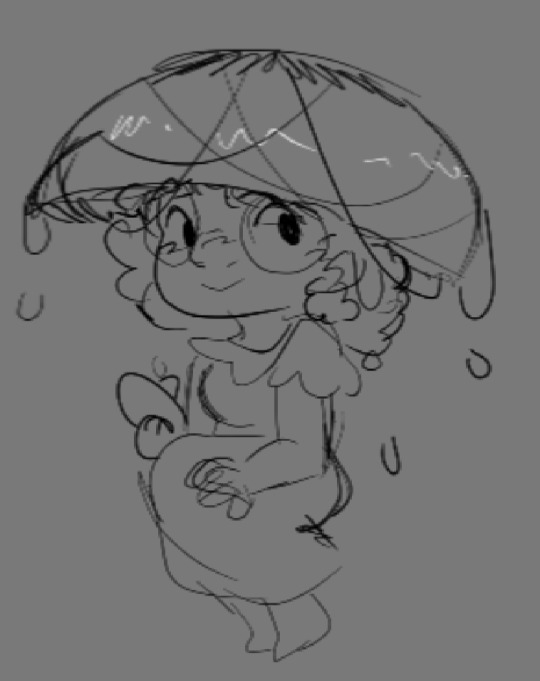
#my asks are open#my asks#encanto#encanto au#au#plant life au#encanto mirabel#mushrigals au#mushroom...madrigals...my beloved...
17 notes
·
View notes
Text


I think this one is Mycena leaiana.
#Bruce Trail#Bognor Marsh#Niagara Escarpment#Bruce Peninsula#Bruce County#Ontario#Canada#hiking#hiking trail#nature#forest#trees#wilderness#outdoors#moss#wetland#marsh#mushroom#mycology#fungus#Mycena leaiana#photography#digital photography#DSLR#Canon 6D#photographers on Tumblr#2022-09-03
3 notes
·
View notes
Photo

Mycena leaiana
1K notes
·
View notes
Text

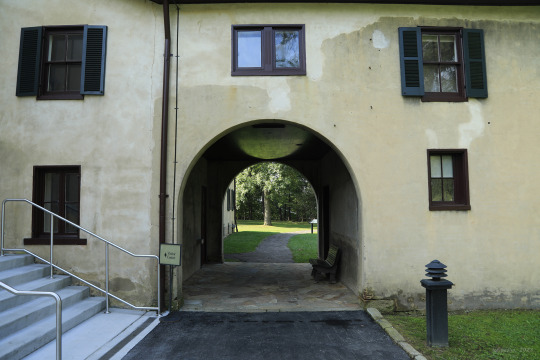
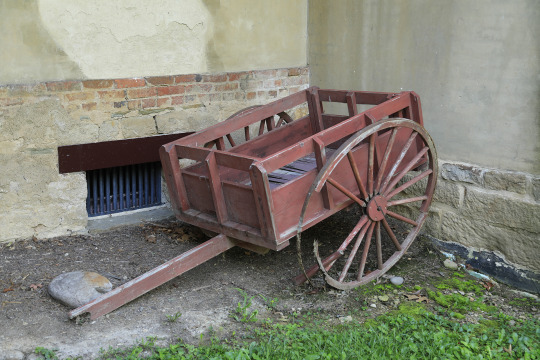


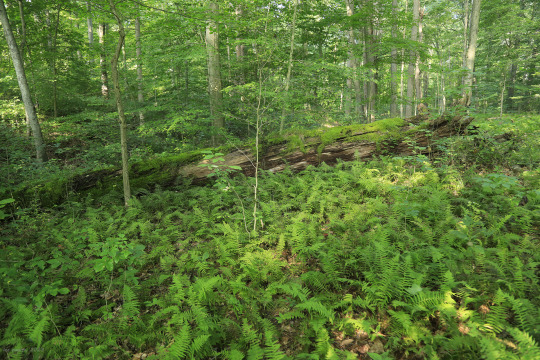

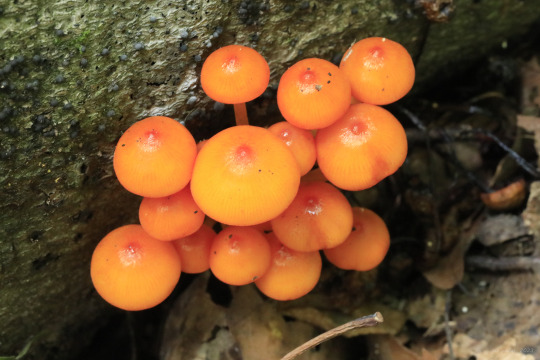
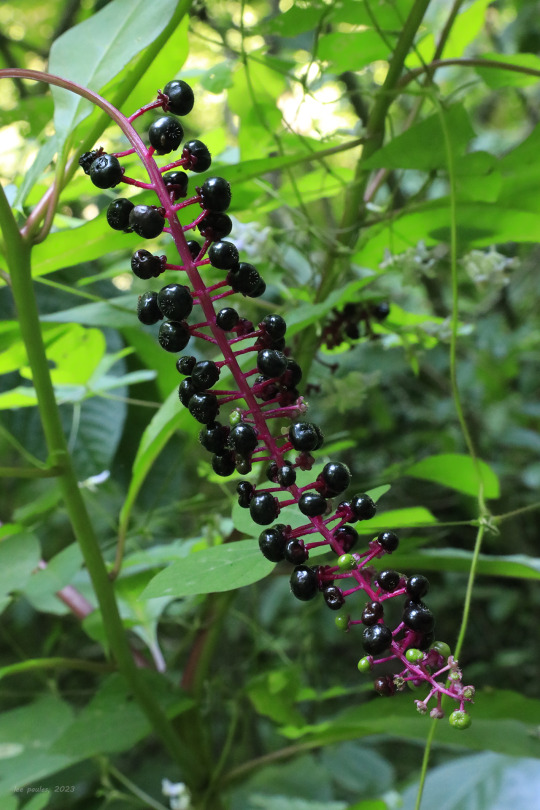
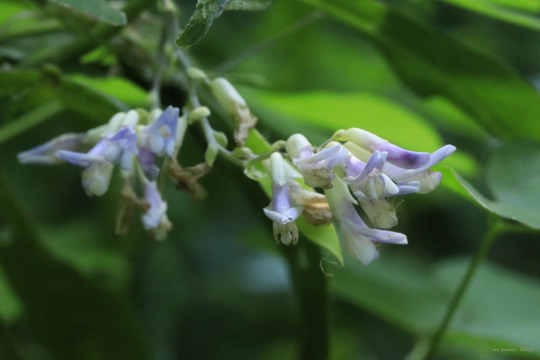

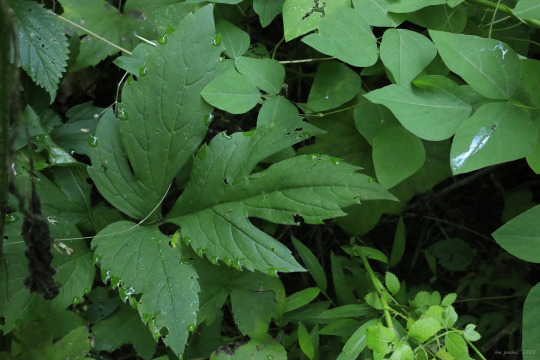
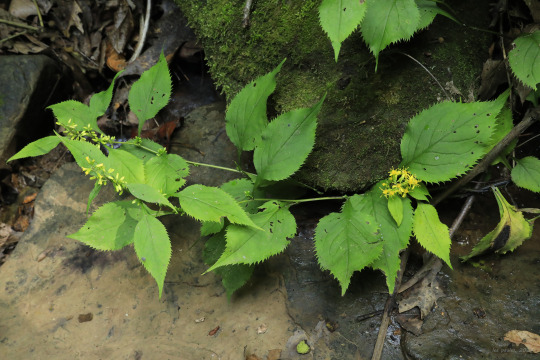
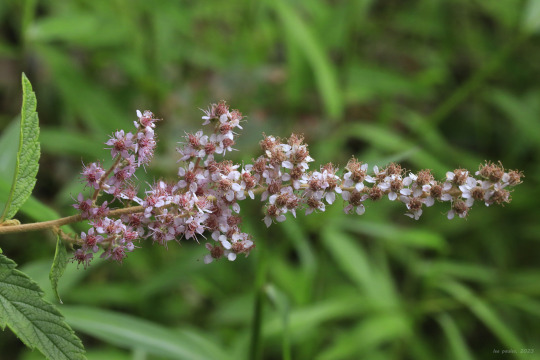
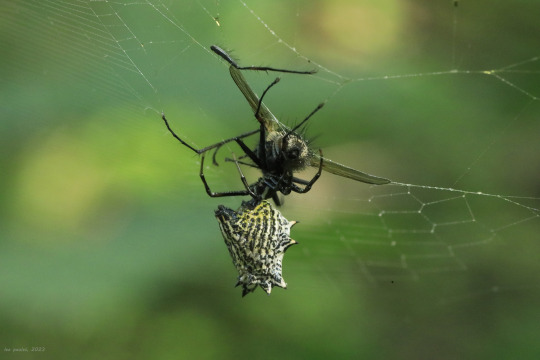

A few photos above from an early morning hike at the Friendship Hill National Historic Site near Pt. Marion, Pennsylvania. If you want to learn more about the history of this sprawling estate, you can go to this link or search for prior posts from the main search page of my Tumblr blog. In addition to the historic homestead of Albert Gallatin, the park features ten miles of hiking trails through verdant oak-hickory and riparian forests. This time of year, the Central Appalachian forest is rich with fungi, legumes, berries, and the loveliest orb-weavers imaginable.
From top: wingstem (Verbesina alternifolia), also known as yellow ironweed, a late summer aster so named because the petioles of its leaves run down the plant's stem; northern spicebush (Lindera benzoin), a gorgeous native shrub whose bright red berries in late summer are followed by the most extraordinary gold foliage in the fall; orange mycena (Mycena leaiana), a lovely, gregarious fungi of deciduous logs whose pigment has shown antibacterial and anti-cancer properties; the ripened but dangerously toxic berries of pokeweed (Phytolacca americana), whose young leaves are used by mountain folk to make poke sallet (but only after repeated cleansings to remove the toxins); American hog-peanut (Amphicarpaea bracteata), a lovely twining vine whose roots and ground nut are edible; cutleaf coneflower (Rudbeckia laciniata), also known as green-headed coneflower and wild goldenglow, a close relative of black-eyed Susan with gorgeous, pinnately-dissected leaves (the leaf photo also shows the characteristic tri-foliate leaf pattern of hog-peanut); zig-zag goldenrod (Solidago flexicaulis), one of two adorable woodland goldenrods that grow in this area (the other being blue-stemmed goldenrod), both of which produce clusters of brilliant yellow flowers in both their leaf axils and at the ends of their stems; steeplebush (Spiraea tomentosa), also known as hardhack, which produces delicate plumes of pink flowers in late summer; a spined micrathena (Micrathena gracilis), which has ensnared a fly in her web; and an arrowhead orb weaver (Verrucosa arenata), also known as a triangle orb-weaver, a sparkling gem of an arachnid that reels in its prey like a fisherman dragging in a net.
#appalachia#vandalia#wildflowers#flora#summer#arachnid#pennsylvania#friendship hill national historic site#fungi#orange mycena#wingstem#yellow ironweed#northern spicebush#pokeweed#american hog-peanut#cutleaf coneflower#green-headed coneflower#wild goldenglow#zig-zag goldenrod#steeplebush#hardhack#orb-weaver#spider#spined micrathena#arrowhead orb-weaver#triangle orb-weaver
23 notes
·
View notes
Text
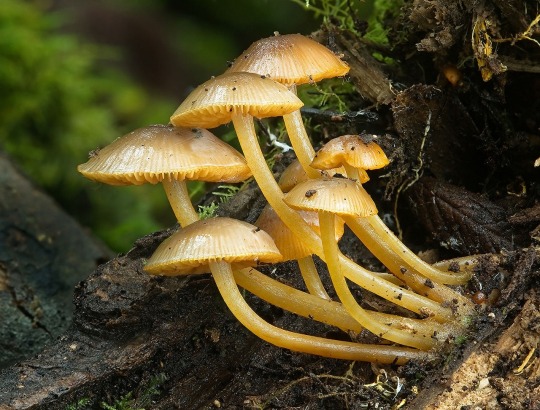
Mycology
#mycology#mushrooms#shrooms#fungi#fungus#mycena leaiana#australia#tasmania#mount field national park#wikipedia#wikipedia pictures
51 notes
·
View notes